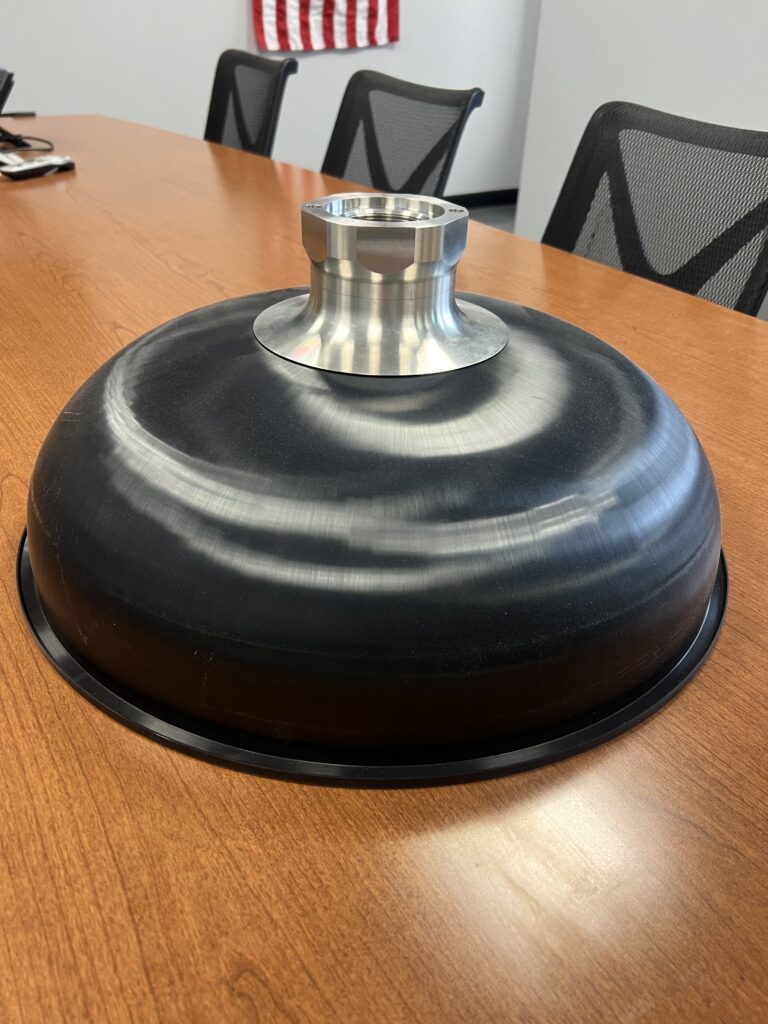Combining two different materials is often required for a custom injection molded part design. This process is called over-molding and consists of molding one material over another to create a single, integrated product. From enhancing product durability to providing ergonomic grips, over-molding offers many benefits. The blog below will examine its uses, suitable plastics, ideal scenarios, and key design considerations.
What is Over Molding?
Over molding, also known as two-shot molding or multi-shot molding, is a process where a second material is molded over a pre-formed part, typically made of a different material. This technique allows for the creation of complex, multi-material parts with various properties in a single production cycle. It enables manufacturers to combine different colors, textures, and functionalities into one seamless component, reducing assembly costs and improving product aesthetics.
Plastics to Use for Over Molding:
Selecting the right materials is crucial for successful over-molding. Common combinations include:
- Thermoplastic Elastomers (TPE): TPEs offer excellent flexibility and soft-touch properties, making them ideal for creating ergonomic grips and cushioning. These materials are usually used for the second shot of the overmold.
- Polycarbonate (PC) or Acrylonitrile Butadiene Styrene (ABS): These rigid plastics serve as a durable substrate for over-molding, providing structural support and impact resistance.
- Polypropylene (PP) or Polyethylene (PE): These materials are also frequently used as the base for over-molding due to their low cost, chemical resistance, and ease of molding.
When to Use Over Molding:
Overmolding finds applications across various industries and product categories:
- Consumer Electronics: Overmolding adds durability and aesthetics to electronic devices, such as remote controls, headphones, and mobile phone cases.
- Automotive: Over-molded parts improve the comfort and functionality of automotive interiors, including steering wheels, gear shift knobs, and dashboard components.
- Medical Devices: Over molding is utilized in medical device manufacturing to create ergonomic grips, soft-touch surfaces, and seals for devices like surgical instruments and handles for diagnostic equipment.
Design Considerations for Over Molding:
Designing for overmolding requires careful consideration of several factors:
- Material Compatibility: Ensure compatibility between the base material and the over-molding material to prevent adhesion issues or material failure.
- Part Geometry: Design parts with appropriate draft angles, wall thicknesses, and undercuts to facilitate proper mold filling and ejection.
- Bonding Surface: Provide sufficient bonding surface between the base and over-molding materials to achieve a strong adhesion and prevent delamination.
- Gate Placement: Strategically place gates to minimize flow length and reduce the risk of material degradation or weld line visibility.
- Tolerance Control: Maintain tight tolerances to ensure precise fit and alignment between the over-molded layers, especially in applications requiring mating components.
Overmolding revolutionizes custom injection molding by offering unparalleled design flexibility, improved product performance, and cost-effective manufacturing solutions. By understanding the intricacies of material selection, application suitability, and design optimization, manufacturers can harness the full potential of over-molding to create innovative, high-quality products across diverse industries. Whether enhancing ergonomics, durability, or aesthetics, over-molding continues to shape the future of injection molding technology.


